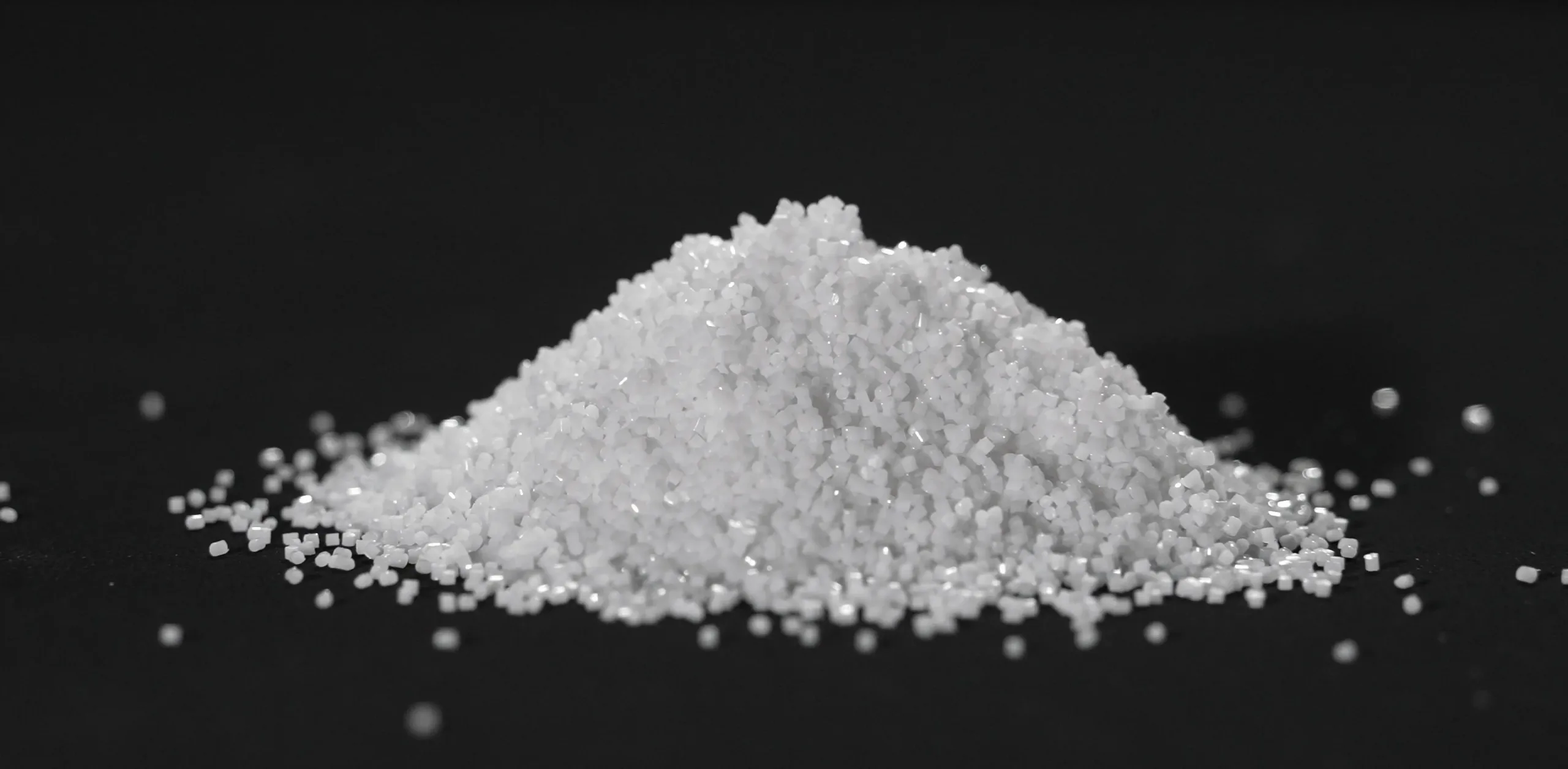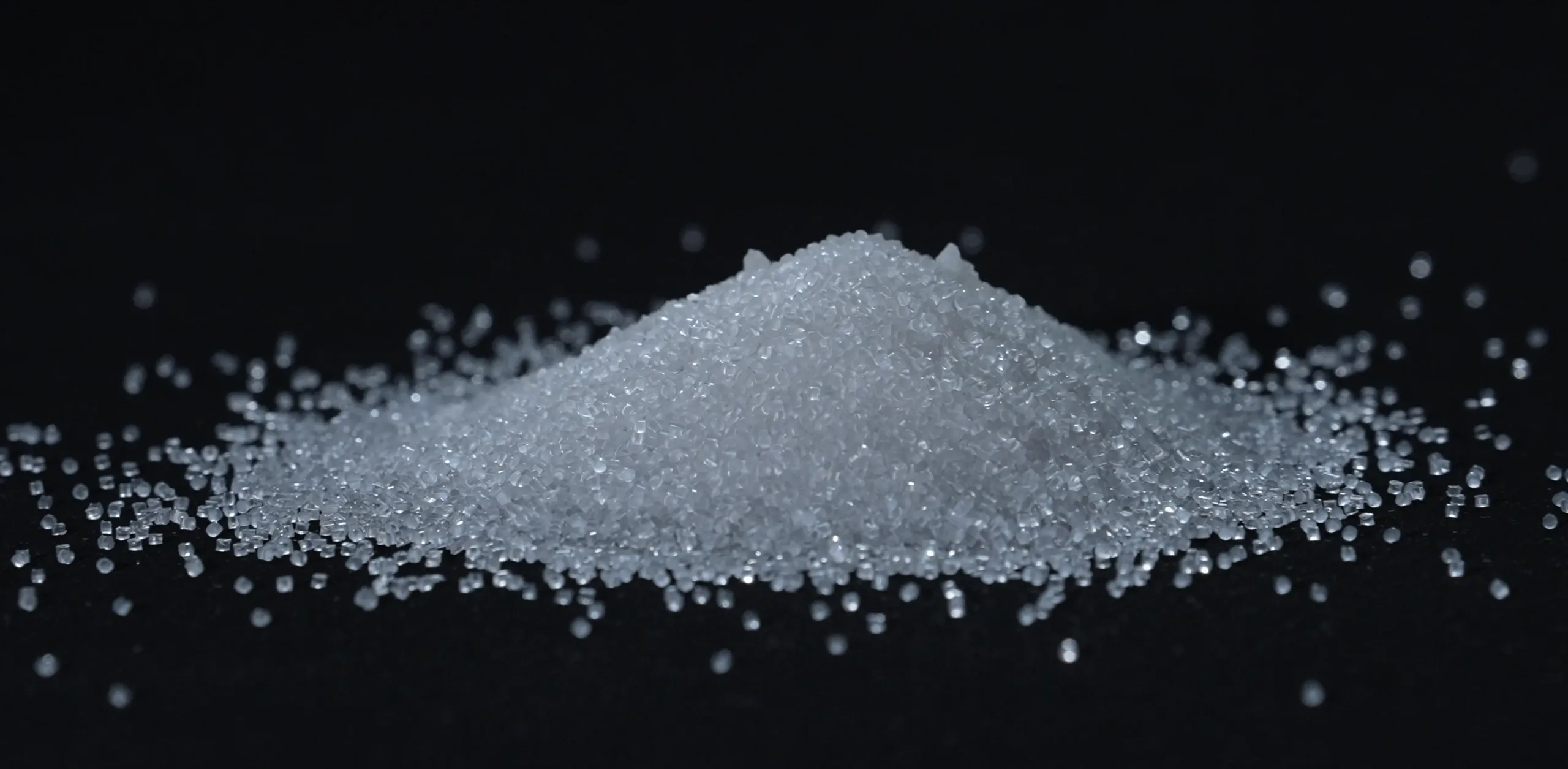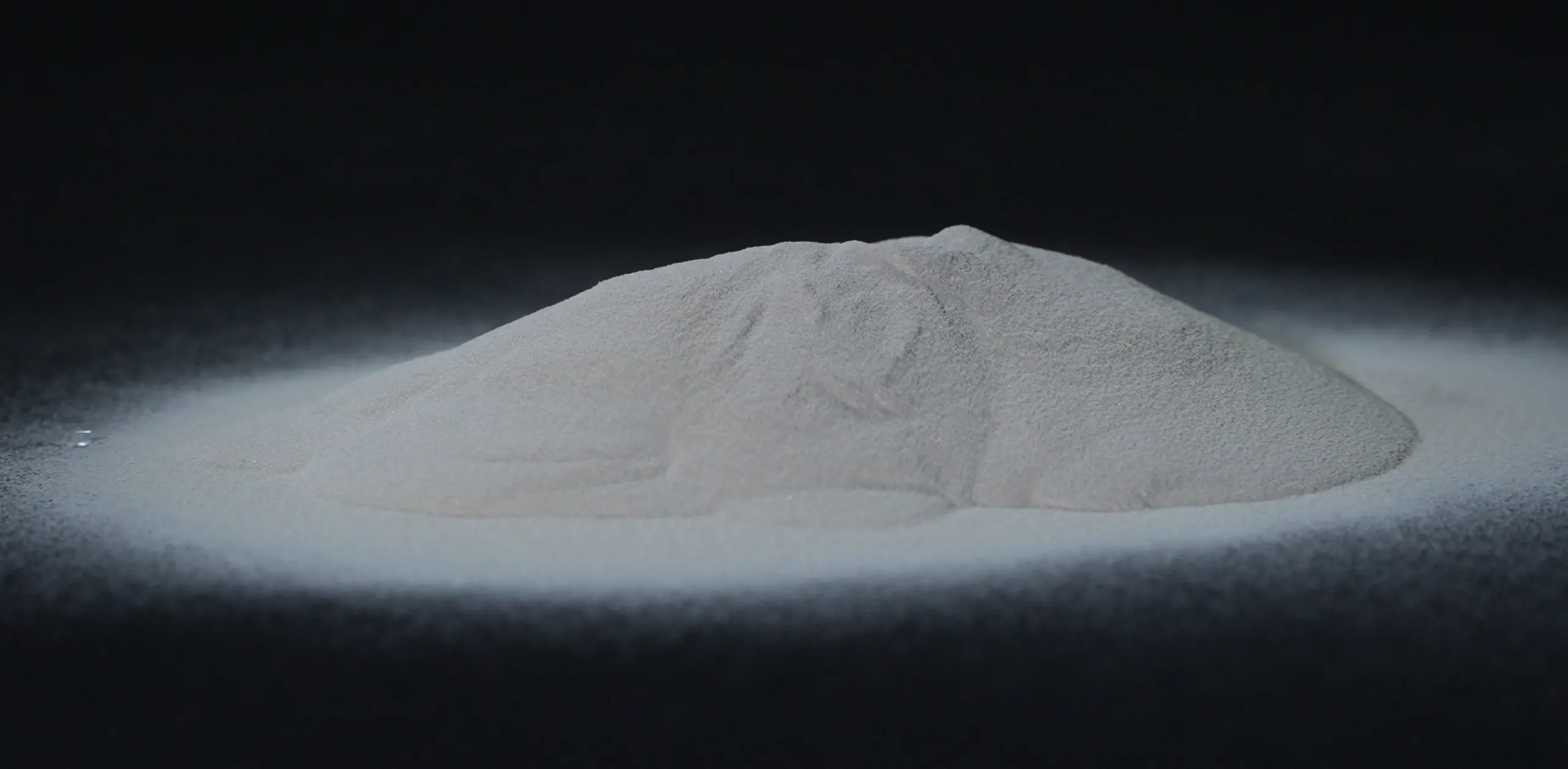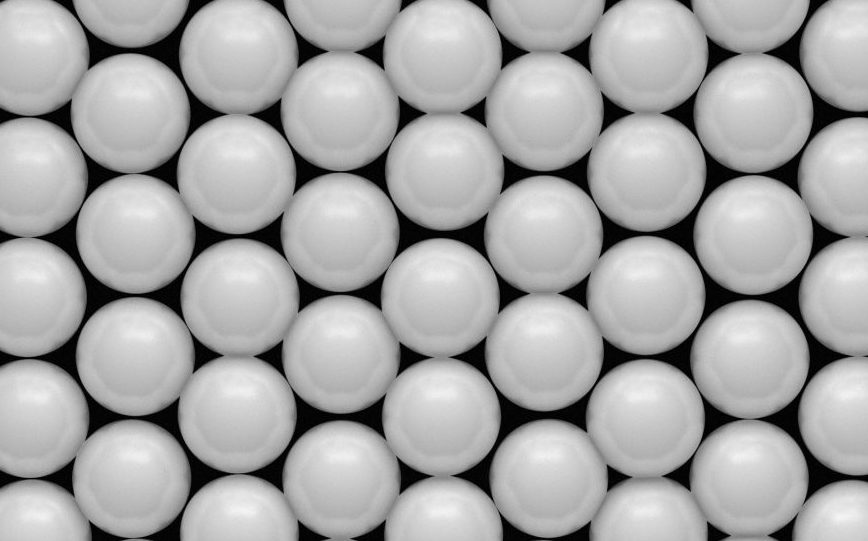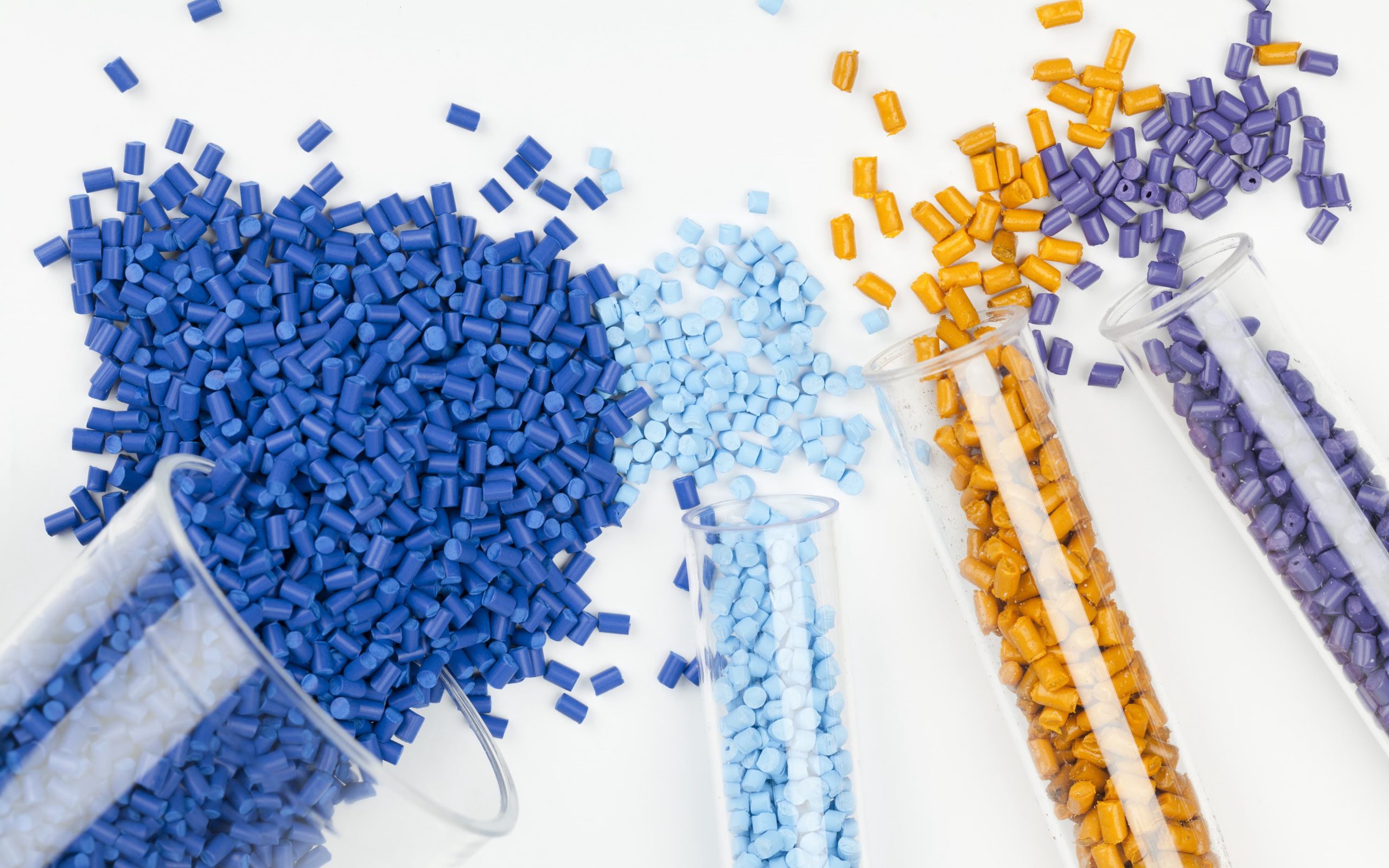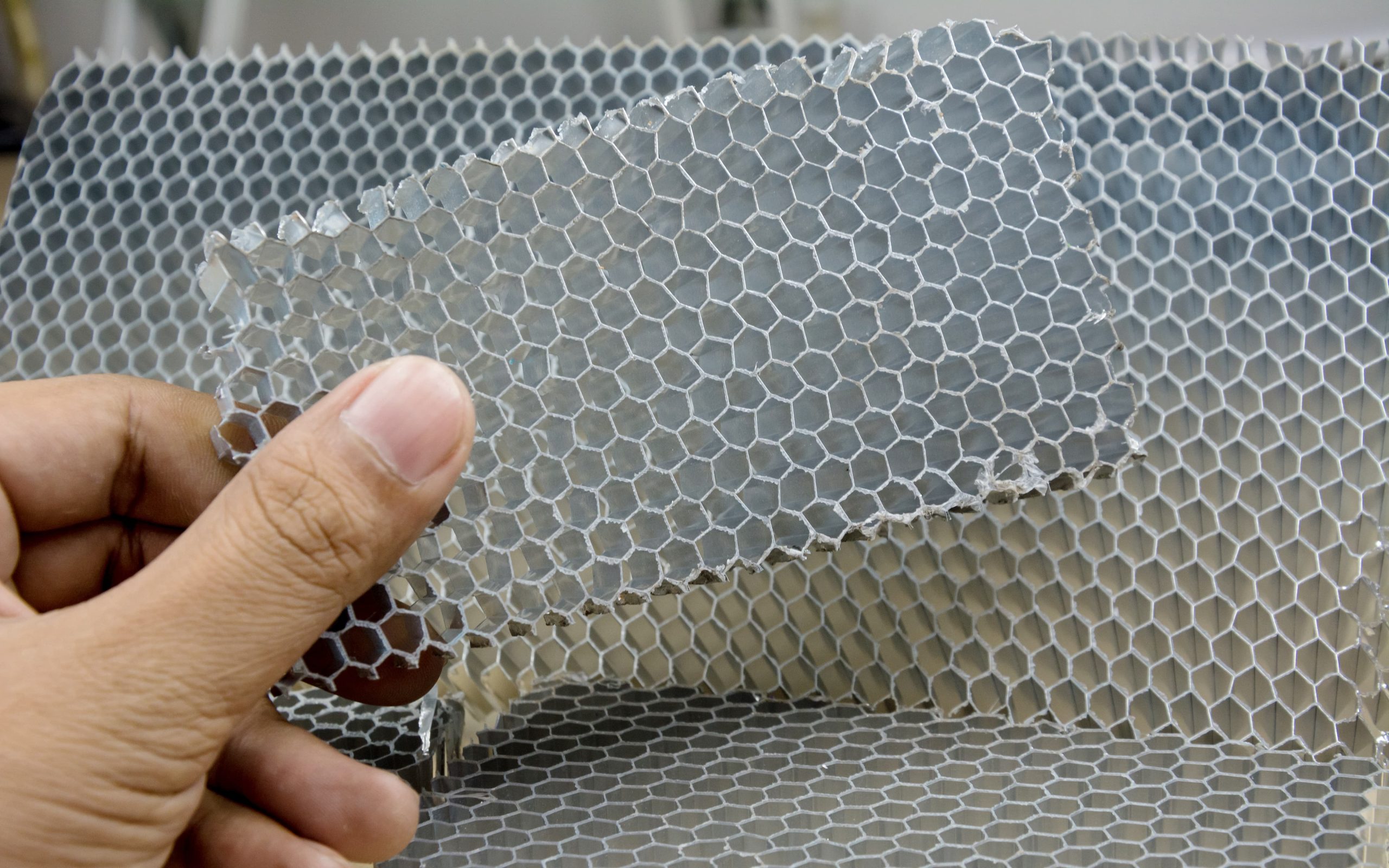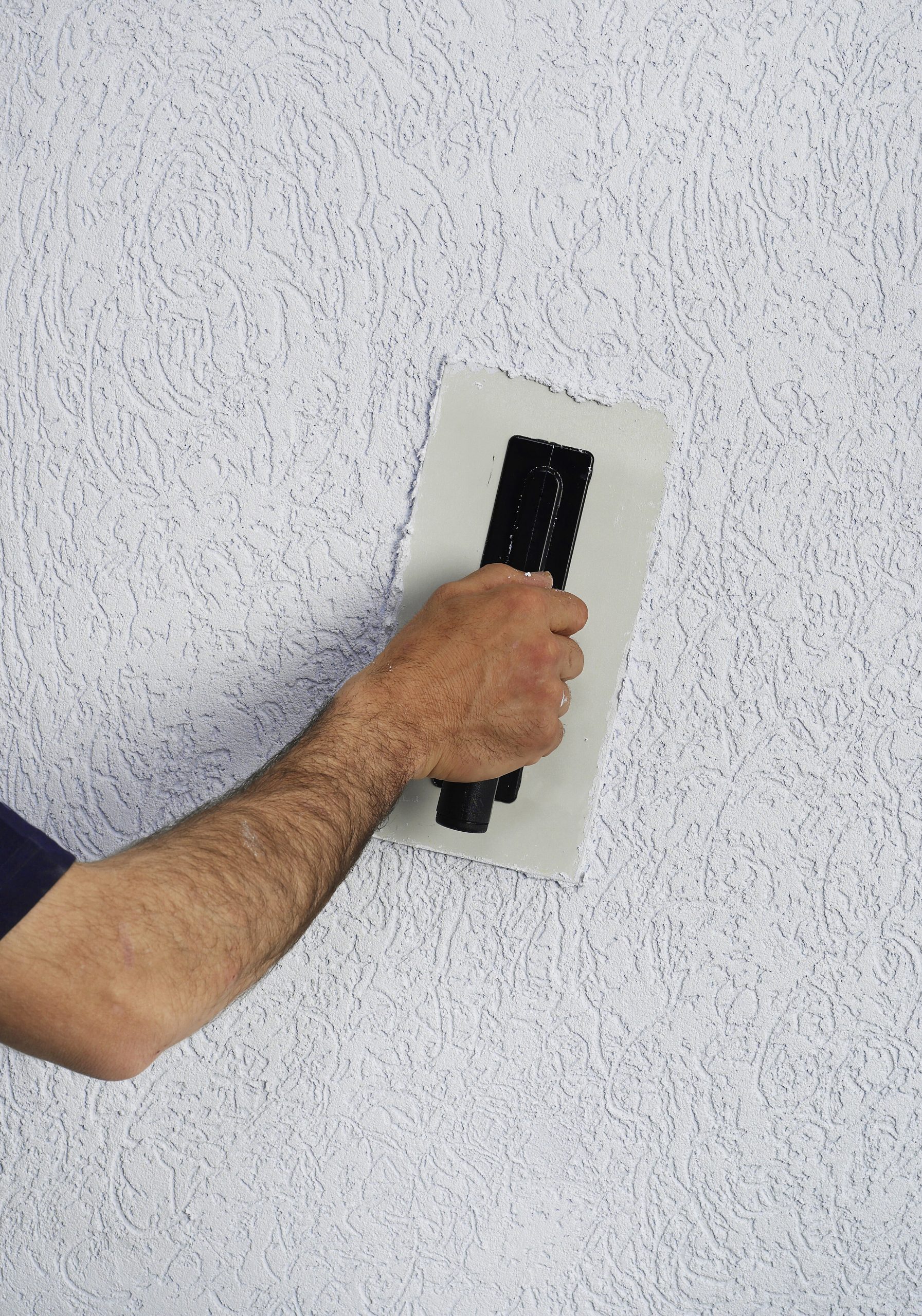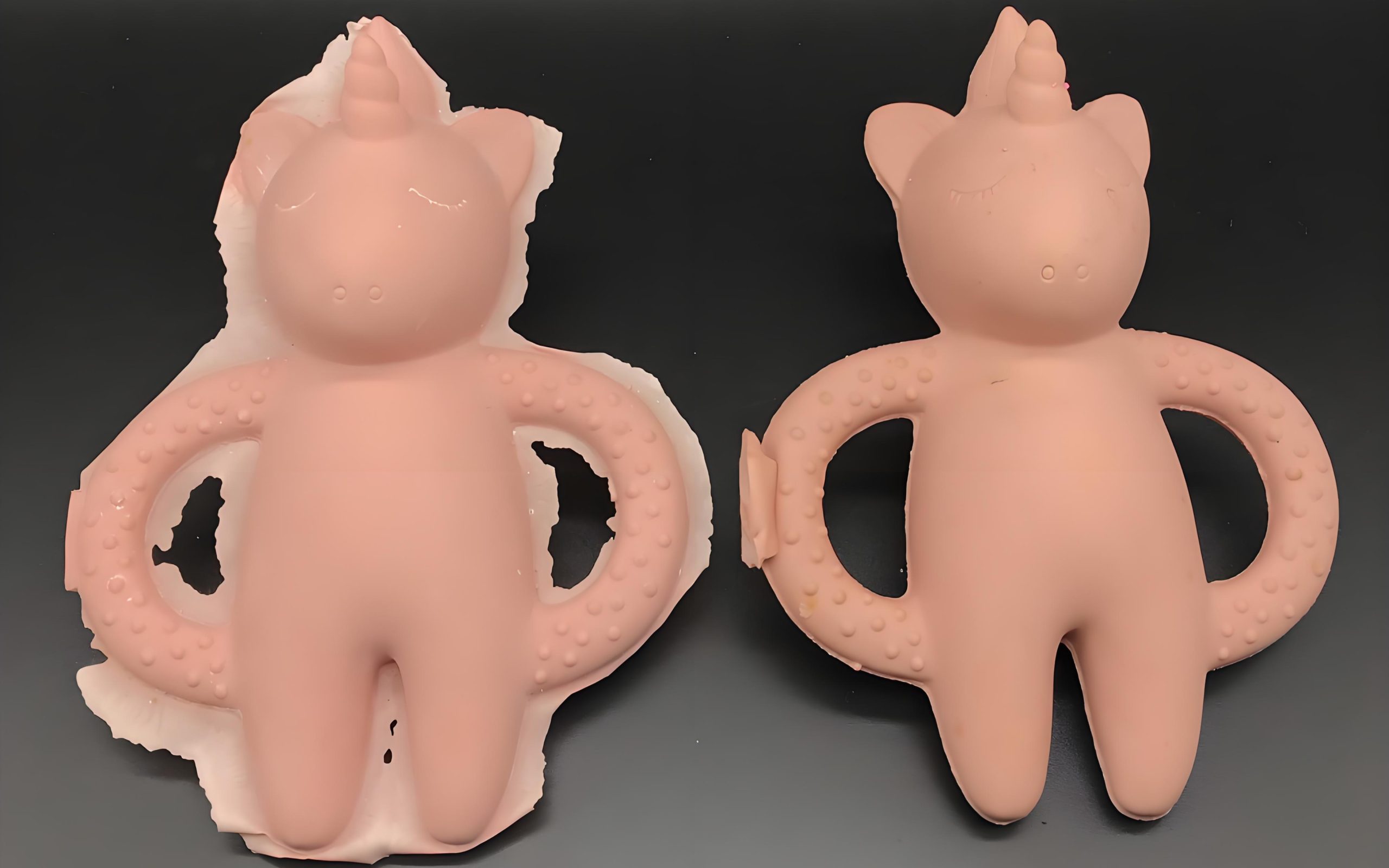Cryogenic Deflashing Media protect the safety of medical devices
September 20, 2024

As an important part of modern medicine, the production and quality requirements of medical devices are undoubtedly at the forefront of the industry. The production of each medical device component must meet extremely high standards to ensure that it can safely and effectively serve patients during use. These standards include not only the functionality and durability of the device, but also the surface treatment and flawlessness of the components. In the production process of medical devices, the smoothness and burr-freeness of the parts are particularly important. The presence of burrs not only affects the appearance of the device, but is also likely to affect its performance and safety. This article will analyze the principles, applications and advantages of cryogenic deflashing media, and focus on how this medium ensures the safety and performance of medical devices through advanced technical means.
Hazards of medical device burrs
The generation and impact of burrs
In the production process of medical devices, burrs often become an inevitable defect. Burrs refer to irregular protrusions left on the surface of the material during the processing process, which are generally caused by processing methods such as cutting, stamping, and milling. For key medical device components such as catheters, seals, valves, and injection molding components, the presence of burrs not only affects their appearance but may also cause a series of problems in actual use.
Impact of burrs on medical device performance
- Mechanical wear: Burrs may cause friction with other components during long-term use of the device, resulting in wear and affecting the long-term stability and reliability of the device. Especially in components with high-speed movement or high-load operation, the presence of burrs will aggravate wear and shorten the service life of the device.
- Destruction of sealing performance: The sealing performance of the seal directly affects the normal function of the device. Burrs will cause the seal to fail to embed properly, thereby affecting its sealing effect, and may cause leakage of liquid or gas, which not only affects the normal operation of the device but may also cause harm to the patient.
- Risk of infection: For devices used in the body, such as catheters and stents, burrs may become a breeding ground for bacteria and increase the risk of infection. The presence of burrs will increase surface irregularities and provide opportunities for bacteria to attach, thereby increasing the possibility of infection and affecting the health of patients.
Definition and principle of cryogenic deflashing media
Definition
Cryogenic deflashing medium is a material specially used to remove burrs from workpieces. It uses a low-temperature environment to quickly cool and embrittle the burrs on the surface of the workpiece and then removes them accurately through mechanical action. This method is particularly suitable for soft materials such as rubber and plastic. It can efficiently remove burrs without damaging the workpiece, and can also improve production efficiency and product quality.
Working principle
The working principle of cryogenic deflashing media mainly includes two steps:
- Low-temperature treatment: Through liquid nitrogen cooling, both the medium and the workpiece reach extremely low temperatures. At this time, due to the different thermal expansion coefficients of different materials, the burr part on the surface of the workpiece often embrittles before the main material, making it easier to be removed in the subsequent processing process.
- Mechanical vibration removal: The cooled workpiece is placed in a mechanical vibration device, and the medium rubs the workpiece through vibration to remove burrs. This process not only removes burrs but also ensures the accuracy and integrity of the workpiece, avoiding other damage caused by improper burr handling.
Advantages
- Non-destructive
Cryogenic deflashing media are suitable for soft materials in medical devices, which can remove burrs while ensuring that precision parts are not damaged. Compared with traditional deburring methods, these deflashing media can effectively avoid damage to the workpiece surface and maintain its original performance and precision.
- High Precision
This technology has extremely high burr removal precision and can be applied to complex medical device structures. In low-temperature environments, the brittleness of burrs increases, making the removal process more precise, ensuring that each component meets strict specifications.
- Environmentally friendly
The cryogenic deburring process is non-toxic and harmless, meeting the medical industry’s requirements for sterility and safety. Liquid nitrogen cooling and mechanical vibration removal do not involve chemical agents, so they are outstanding in environmental friendliness and help keep the production environment clean and safe.
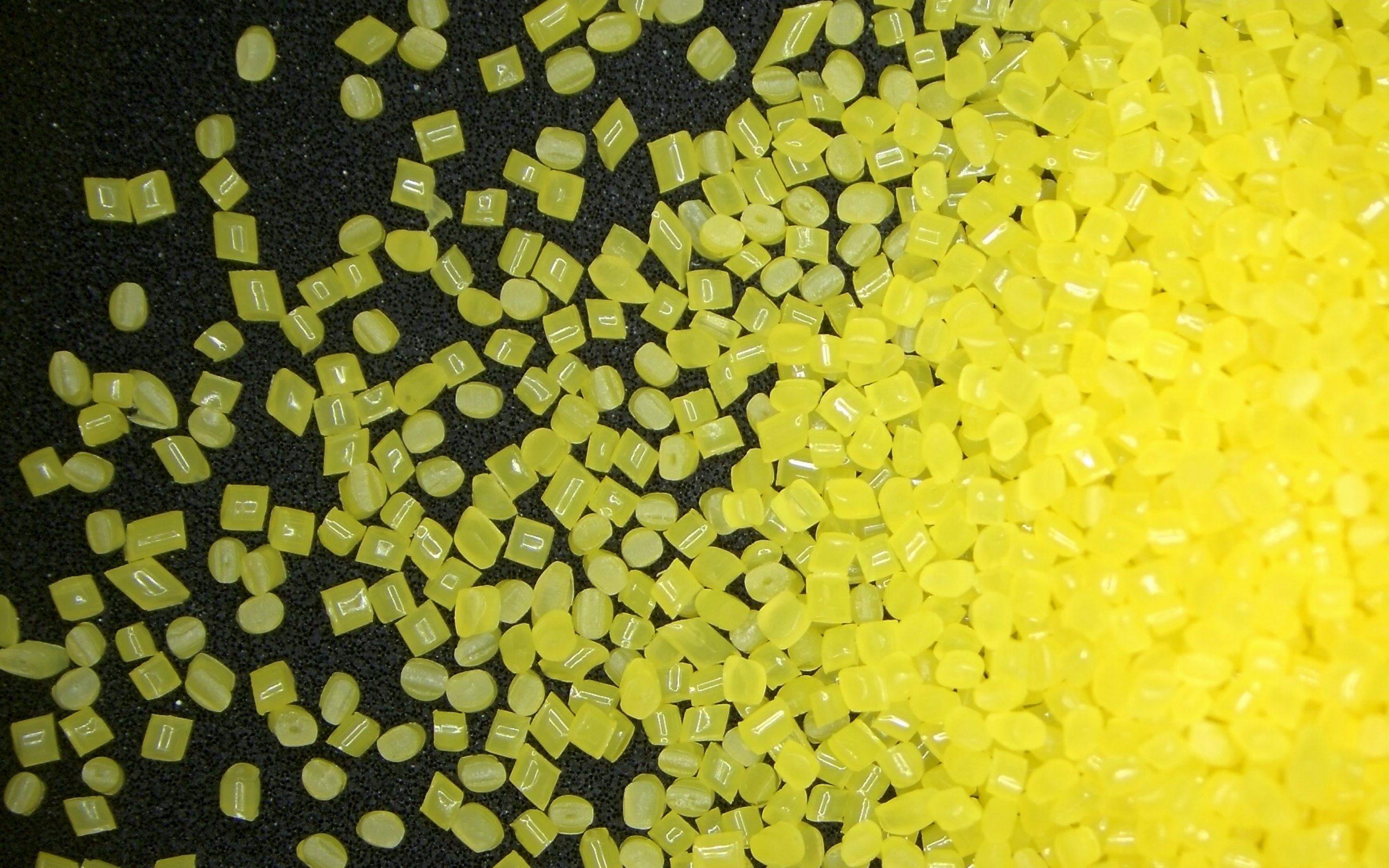
HLH real product shot
Key Requirements for Medical Devices
Precision and Consistency
The design and production of medical devices require extremely high precision and consistency, because any minor flaws may have a serious impact on the function of the device and the safety of the patient. For example, burrs in catheters and valves may interfere with their fluid control accuracy and operating performance, thereby affecting the treatment effect. Cryogenic deflashing media can ensure that each component meets strict specifications through precise burr removal, avoiding the processing inconsistency and precision loss that may be caused by traditional deburring methods. By controlling the low-temperature environment and vibration mechanism, the technology can effectively remove burrs without damaging other components, maintaining the structural and functional integrity of the device.
Reliability and Durability
The reliability and durability of medical devices are key to their successful application. Burrs not only hurt the initial performance of the device but may also cause failures during long-term use. For example, in catheters, the presence of burrs may cause local stress concentration in the material, increase wear and fatigue, and thus affect the service life of the device. The cryogenic deflashing media can reduce the risk of failure caused by burrs through precise deburring, thereby improving the overall reliability of the device. The surface of the device after deburring is smoother, which helps to reduce friction and wear, improve the durability of the device, and ensure its stability and safety in long-term use.
Biocompatibility and Safety
For medical devices implanted in the body, especially stents, their surfaces must have extremely high biocompatibility. Burrs may become a breeding ground for bacteria and increase the risk of infection. Cryogenic deflashing media can effectively remove burrs and reduce surface irregularities, thereby reducing the possibility of infection. By precisely treating the surface of the device, the technology can ensure the biocompatibility of the device and meet the sterility and safety requirements of the medical device industry. This treatment not only improves the surface smoothness of the device but also reduces the potential risk of infection caused by burrs, thereby ensuring the health and safety of patients.
Application of cryogenic deflashing media in medical devices
Catheters
Catheters are one of the most widely used components in medical devices, and the smoothness of their inner and outer surfaces directly affects the efficiency and safety of fluid delivery. During the production process of the catheter, cryogenic deflashing media can effectively remove burrs on its inner and outer surfaces, thereby ensuring smooth fluid flow and avoiding blockage or agitation of the fluid when passing through the burr area. This not only improves the fluid control performance of the catheter but also reduces potential damage caused by burrs, ensuring the safety of patients during use. In addition, the removal of burrs can also prevent the catheter from causing mechanical damage to the blood vessels during insertion or operation, further improving the comfort and safety of treatment.
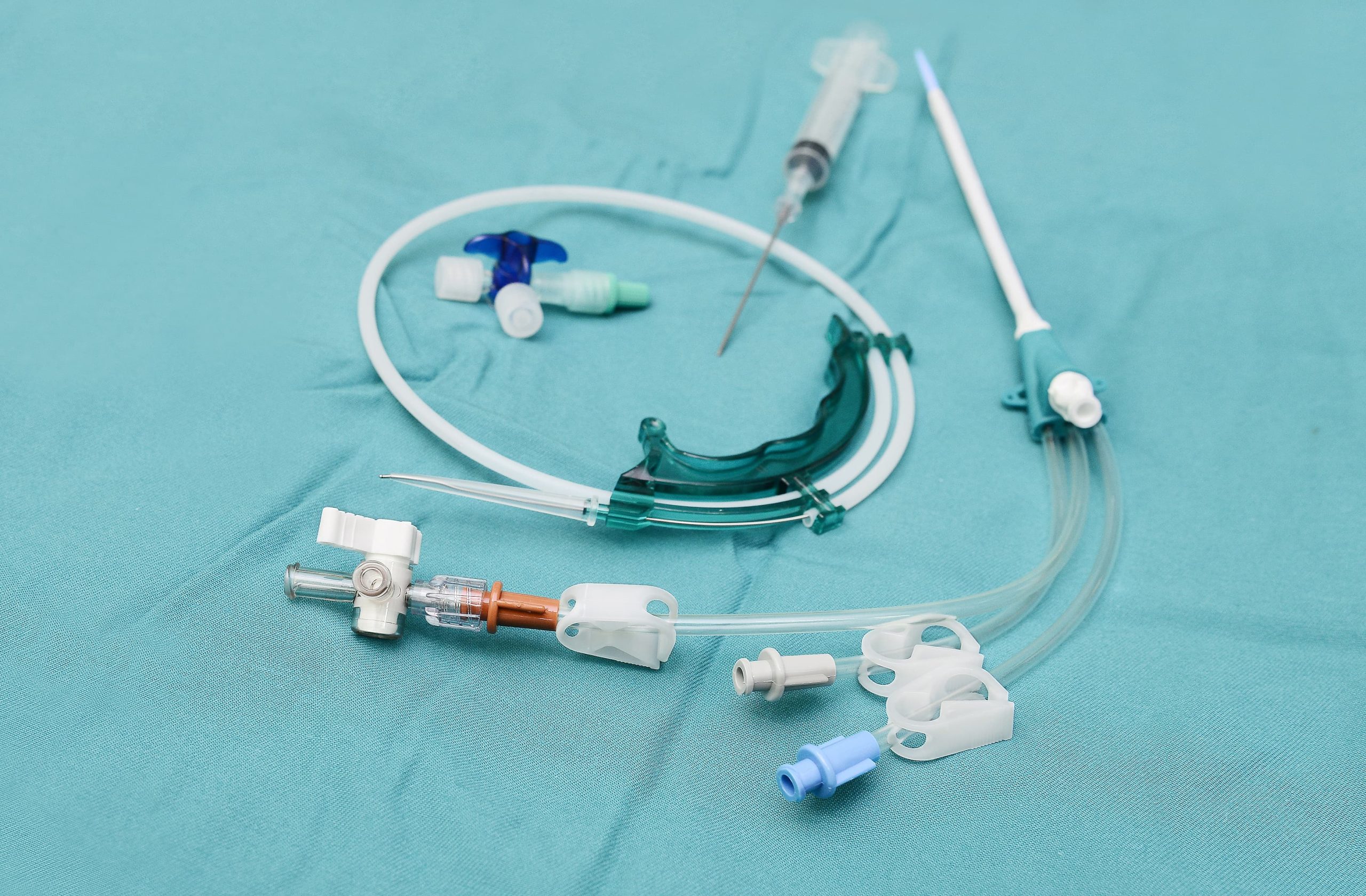
Central venous catheter set
Valves
The valves in medical devices are used to control the flow of fluids, and their performance directly affects the operational stability and reliability of the equipment. Burrs may cause the valve to be loosely sealed or operate unsmoothly, causing leakage or operational failure. Cryogenic deflashing media can improve the sealing and operating accuracy of the valve by removing burrs from the surface of the valve, ensuring the stable operation of the equipment. This technology not only helps to improve the working performance of the valve but also reduces the frequency of repairs and replacements caused by burrs, reducing the maintenance cost of the equipment.
Injection molding components
Injection molding is a common process for manufacturing medical device components, but burrs are often formed during the molding process. These burrs may affect the precision and surface smoothness of the components, thereby affecting the overall performance of the equipment. Cryogenic deflashing media can effectively remove burrs generated during the injection molding process to ensure high precision and high-quality surfaces of the components. This treatment not only improves the appearance quality of the component but also improves its matching accuracy with other components, ensuring the normal function and use effect of the medical device.
Seals
Seals play a key sealing role in medical devices, and their sealing performance is directly related to the normal function of the device. The presence of burrs will interfere with the accurate fit of the seal, affect the sealing effect, and may cause liquid or gas leakage. Through the low-temperature deburring process, burrs on the surface of the seal can be accurately removed, improving its surface smoothness and consistency, thereby improving the sealing performance. For medical devices that require high reliability and tight sealing (such as syringes and infusion pumps), this fine deburring process is even more critical, helping to ensure the reliability and safety of the equipment during use.
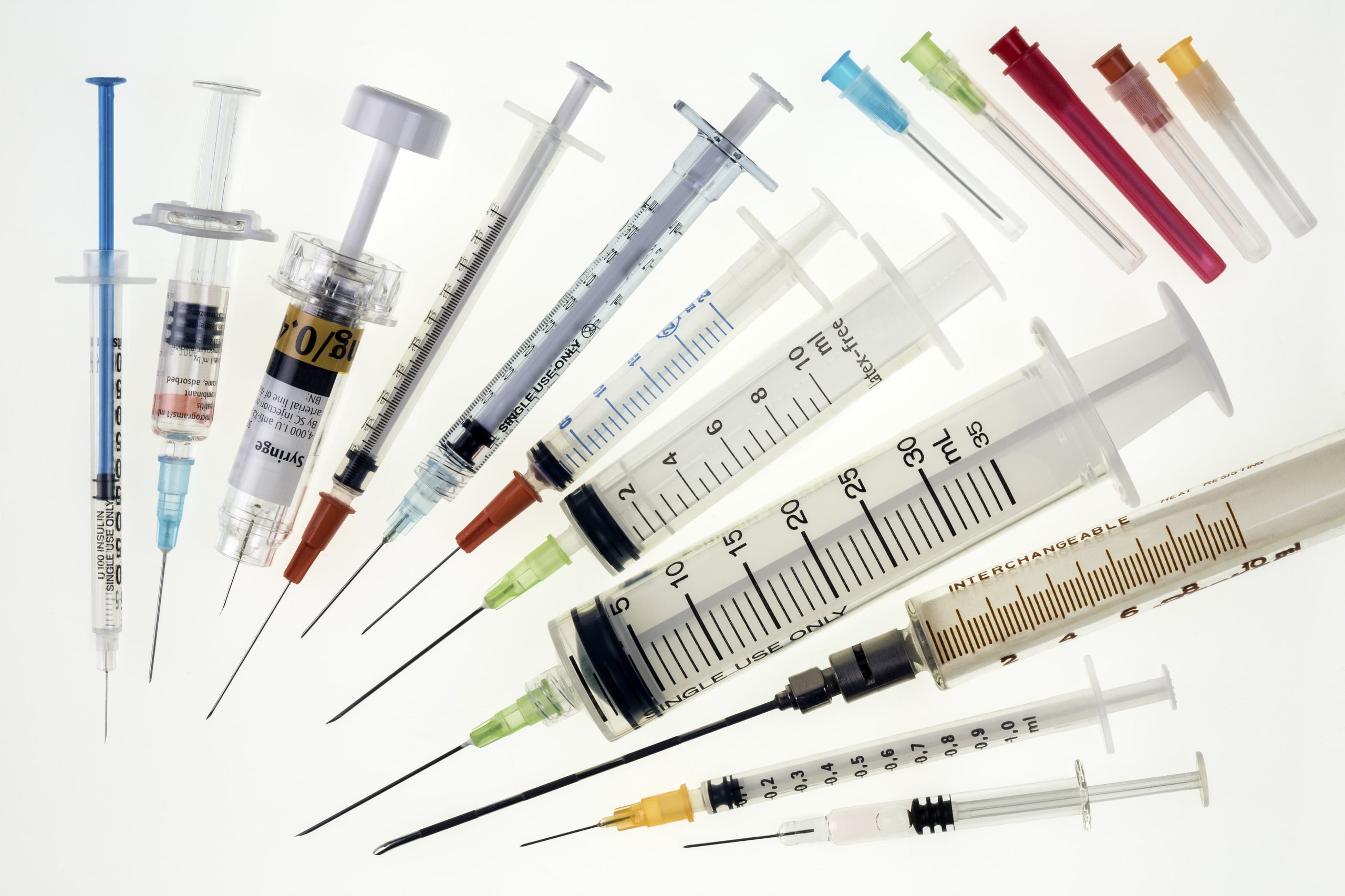
Medical syringe
Future Development Trends
Automation and Intelligence
In the future, cryogenic deflashing media are expected to integrate more automated and intelligent control systems. The introduction of automation technology can reduce manual operation errors and improve production stability and consistency. Intelligent control systems can optimize the deburring process and improve the process level through data analysis and real-time monitoring. Intelligent systems can automatically adjust processing parameters according to the specific needs of the workpiece, thereby achieving more refined and efficient burr removal. This technological advancement will greatly improve production efficiency, reduce production costs, and promote the widespread application of cryogenic deflashing media in the medical device industry.
Applicability of New Materials
With the continuous development of new materials in the medical device industry, cryogenic deflashing media also needs to continue to adapt to these new materials. New materials may have different physical properties and processing difficulties, and traditional deburring methods may not meet their requirements. Therefore, cryogenic deflashing media need to continue to innovate to adapt to a wider variety of materials. For example, for materials with special hardness or brittleness, the technology may need to adjust the cryogenic treatment and vibration mechanism to ensure effective burr removal without damaging the workpiece. In the future, cryogenic deflashing media will need to be closely integrated with advances in materials science to meet the changing needs of medical devices.
Environmental friendliness
Environmental protection and sustainable development will become important directions for future technological development. Cryogenic deflashing media excel in environmental friendliness because its process does not involve chemical agents, reducing the risk of environmental pollution. With increasingly stringent environmental regulations, the environmental characteristics of cryogenic deflashing media will enable it to be more widely used in the medical device industry. In the future, the development of technology may also focus on further improving its energy efficiency and reducing liquid nitrogen consumption, thereby further reducing environmental impact. At the same time, the sustainability of technology will also become an important consideration in its development to support the long-term development of the industry and environmental protection goals.
As an advanced surface treatment method, cryogenic deflashing media play an important role in the production of medical devices. It not only helps to improve manufacturing efficiency, but also ensures the high quality and reliability of medical devices. Through precise deburring processes, technology can effectively remove burrs to ensure the performance of the device and the safety of patients. In the future, its development trends will include more automated and intelligent applications, improved adaptability of new materials, and environmentally friendly development. With the continuous advancement of technology, cryogenic deflashing media will play an increasingly important role in the medical device industry, providing strong guarantees for the safety and performance of medical devices, and further promoting innovation and progress in medical device production.



